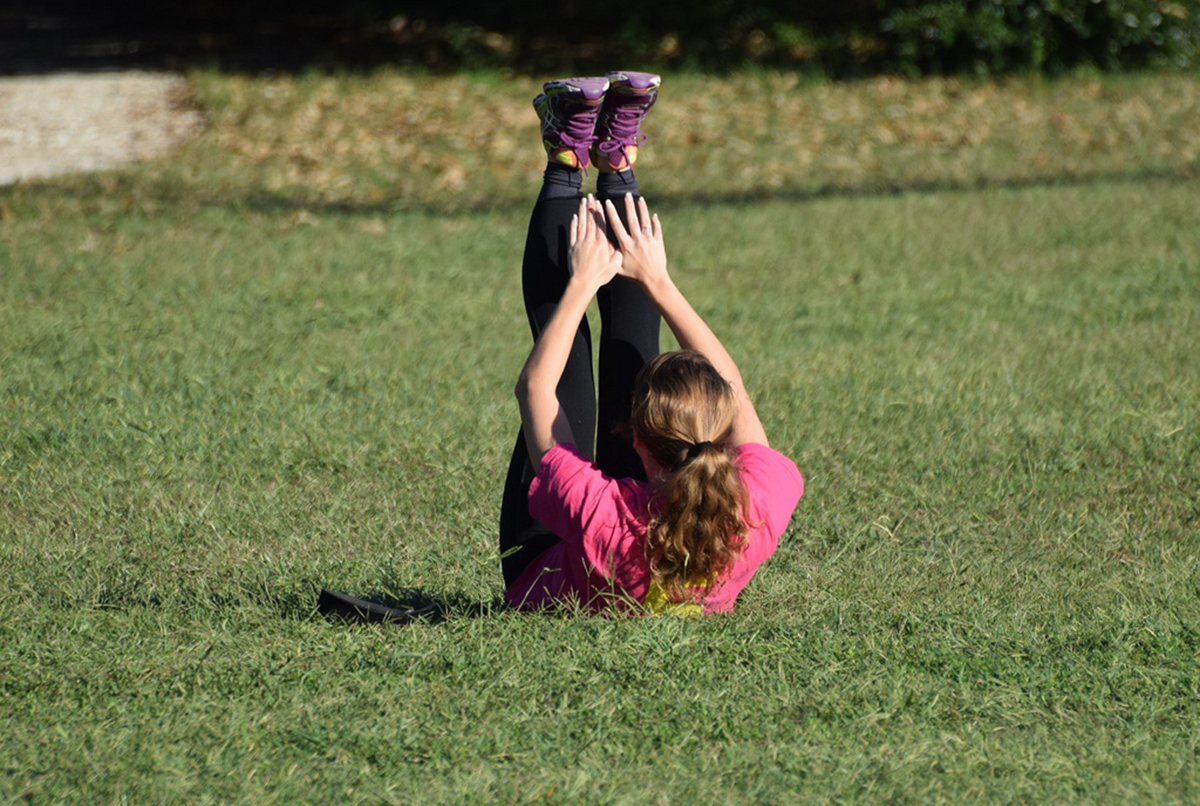Table of Contents
Something I get asked a lot is what does it mean when we refer to high reps or low reps. What is the significance? Simply, it is linked to the type of training you want to do or what you are looking to achieve from a program.

High Reps
When personal trainers and programs say to use high reps it is usually paired with low weight.
So you need to replicate that in training, there is no need to be able to lift a very heavy weight as this won't improve your endurance. What you need to is lift lower weights for a high amount of reps for example 5kg bicep curl 15-2- times. The optimum number of reps is 15-20, any less than 15 then you are not doing enough to improve the muscular endurance, too many and it isn't effective.
Low Reps
On the opposite to high reps is low reps, and it simply means the complete opposite. Instead of using a lot of reps under low weight you limit the reps you can do by using a much higher weight. This is particularly important for those people looking to build strength or size of the muscle because if you perform too many reps the muscle gets tired and the workout becomes ineffective.
For improvements in strength you should be aiming for only 2-5 reps maximum, this shouldn't be by choice that you stop at just 2-5 reps but you must be lifting a weight that is high enough that you can only do that many. If you can lift more then you need to increase the weight to get the most out of the session.
To improve size of a muscle the optimum number of reps is between 8 and 12, again this should be controlled by the amount of weight lifting. When you get to the higher end of the reps e.g. 8 or 12 you should be struggling to lift but not as much as when training for strength. Again, if getting to 8 is too easy you need to increase the weight.
For endurance (high reps) it is usually 60 - 75%, size (medium reps) is 75-80% and for pure strength (low reps) 80 - 95%. To calculate this you complete a 1rep max test, on any piece of equipment you start a low weight and do 1 full rep. Up the weight and do another rep, repeat this until you cannot complete a full rep, the last full rep you can do is you 1rep max (1RM) and this can be used to work out the % to lift.
See Also: Add 10-Minutes To Your Day... And Workout!
For example - if on a bench press my 1RM is 100kg and I want to improve my strength I use 80% of 100 which is 80kg, I should be doing 2-5 reps of 80kg. Use this to workout the weights for all the different exercises but as you improve you will need to adjust the weights.
- Photo courtesy of Marcsiegert via Flickr: www.flickr.com/photos/siegertmarc/6016958975
- Photo courtesy of Tobyotter via Flickr: www.flickr.com/photos/78428166@N00/15266978008
- www.bodybuilding.com


Your thoughts on this